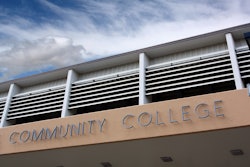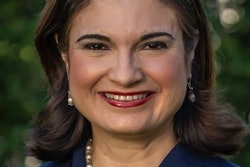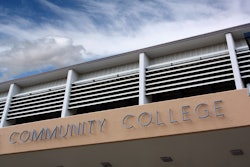 Thuy Thi Nguyen, president of Foothill College
Thuy Thi Nguyen, president of Foothill College
“What has changed in how we center race in faculty hiring is that first and foremost, we have centered race,” said panelist Thuy Thi Nguyen, president of Foothill College, a community college in Los Altos Hills. “At my college, I am making a case for students, that student equity gaps close because of faculty diversity.”
The University of Southern California (USC)’s Center for Urban Education (CUBE) hosted the webinar. Dr. Estela Mara Bensimon, founding director of the CUBE and professor emerita of higher education at USC moderated the conversation. Bensimon opened the discussion with research that backed up Nguyen’s case: how all students, particularly students of color, get stronger academic outcomes when faculty of color are teaching in the classroom.
“We know that when you change your practices according to the needs of racially minoritized students, everyone benefits,” said Bensimon. “Because that faculty or staff member is thinking much more intensely about their practices to create success for those who may be having the least success. This is an argument you can use at your institution for diversifying hiring.”
Bensimon cited studies that show faculty of color also have higher expectations and more favorable views of students of color relative to those of white faculty. In addition, faculty of color can help racially minoritized students as well as women feel more confident and comfortable in academic spaces.
“Another aspect of all this is that increasing faculty diversity has been one of students’ biggest demands of institutions,” she added. “They say this over and over.”
Yet many higher education institutions still have struggled to meet that demand, including at California’s community colleges (CCC), which serve vast numbers of students of color. On CCC campuses, white students are overrepresented with white faculty by 31.7 percentage points. In contrast, Latinx students are underrepresented by 28.4 percentage points in the faculty. How can the racial composition of faculty on CCC campuses as well as other higher education institutions align better with the makeup of their students?
















